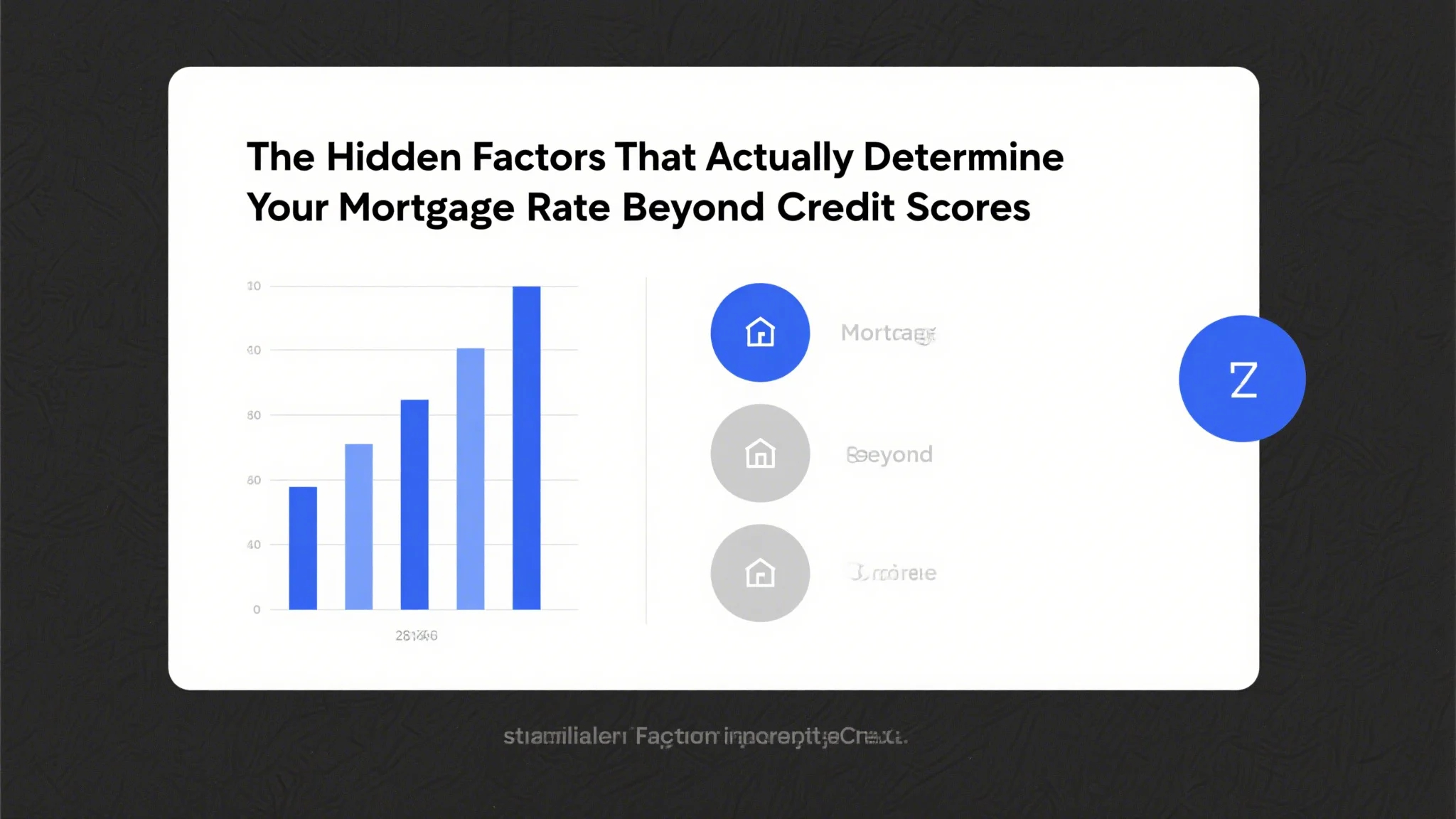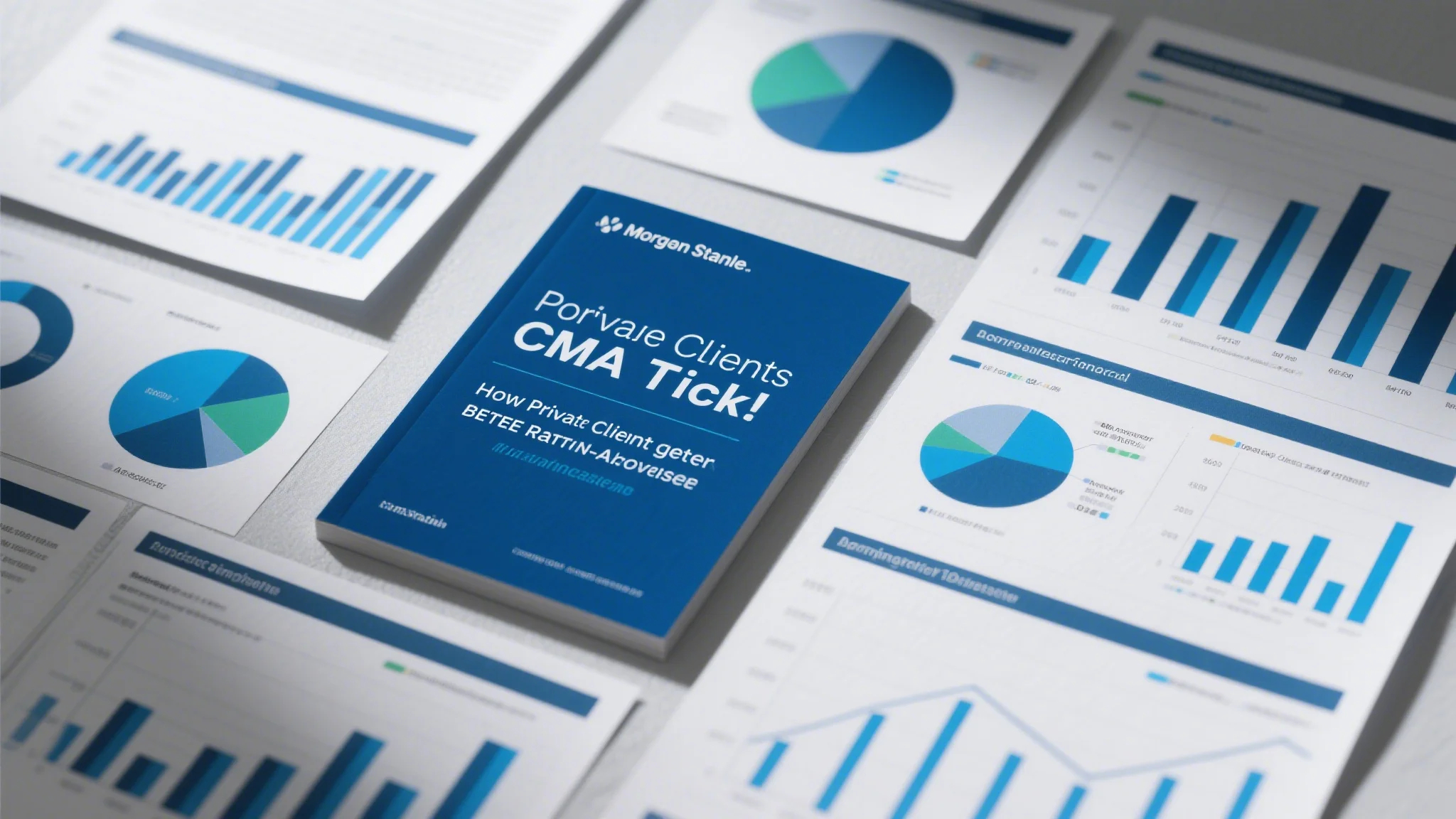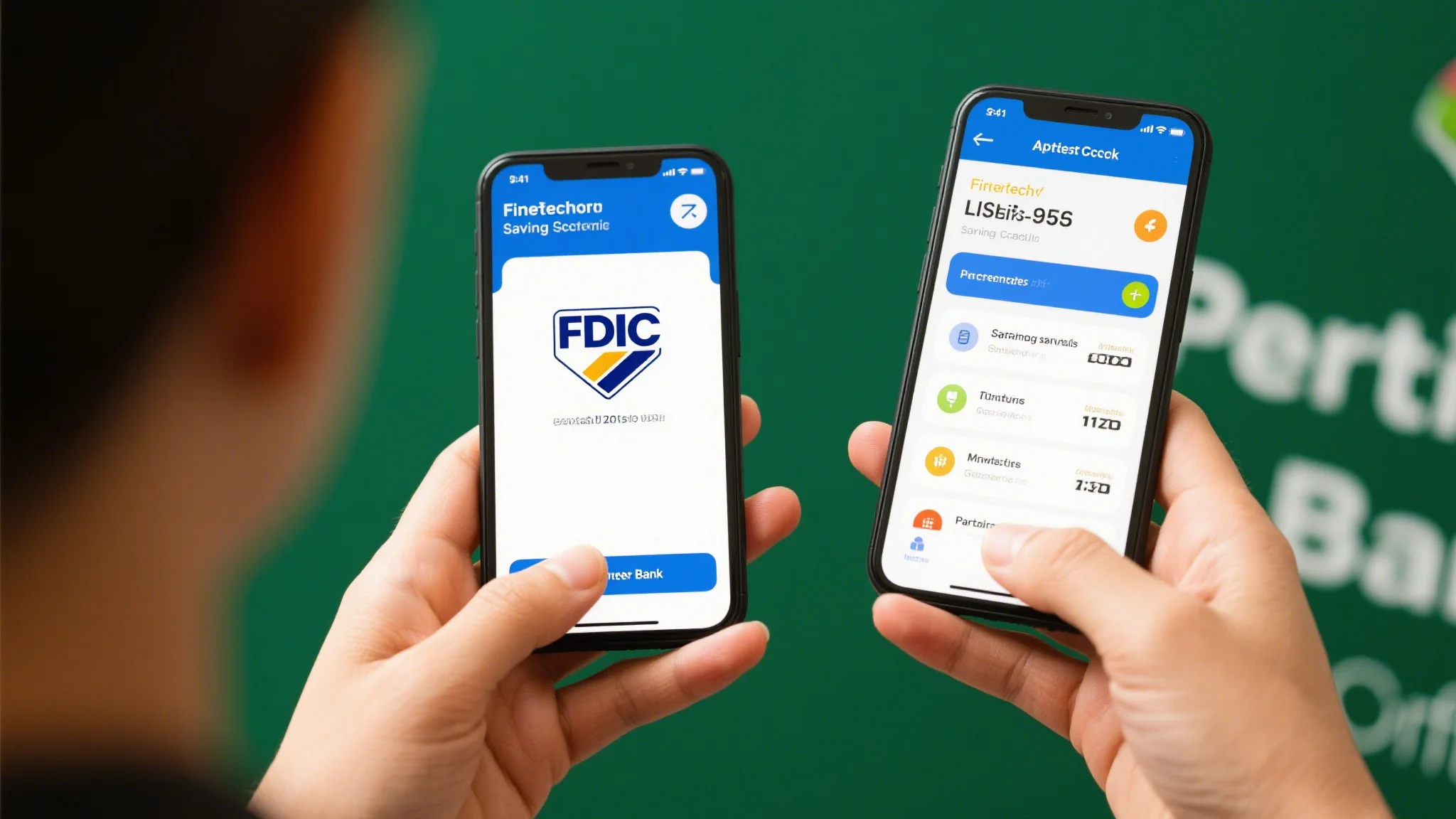When it comes to securing a mortgage, doctors often face unique financial challenges due to the nature of their careers. Long hours, irregular shifts, and the high cost of medical education can make it difficult to save for a down payment or qualify for traditional mortgage options. However, there’s a solution tailored specifically for medical professionals: physician loans.

Physician loans are specialized mortgage products designed to help doctors and other healthcare professionals achieve their homeownership goals with fewer financial barriers. Unlike traditional mortgages, these loans often require a smaller down payment and offer competitive interest rates, making them an attractive option for those in the medical field.
Why Are Physician Loans Available?
Physician loans are a result of the unique financial profile of doctors. While their income is typically high, their career paths are often unpredictable due to residency training, fellowship programs, and the transition from training to practice. Additionally, the high cost of medical education leaves many doctors with significant student loan debt, which can impact their ability to save for a down payment.
Lenders recognize the stability and earning potential of doctors, even with these challenges. They understand that doctors are highly skilled professionals with long-term career prospects, making them a low-risk investment. As a result, lenders are willing to offer special mortgage rates and terms to attract this specific group of borrowers.
Key Benefits of Physician Loans
Lower Down Payment Requirements:
Traditional mortgages often require a 20% down payment, which can be a significant barrier for doctors who are still paying off student loans or have limited savings. Physician loans, on the other hand, typically require a down payment of just 3-5%. This makes it easier for doctors to purchase a home without draining their savings or taking on additional debt.
Competitive Interest Rates:
Because doctors are seen as low-risk borrowers, they often qualify for lower interest rates compared to other borrowers. This can save thousands of dollars over the life of the loan, making homeownership more affordable.
Flexible Qualifying Criteria:
Physician loans are designed with the unique financial circumstances of doctors in mind. For example, lenders may be more lenient when evaluating debt-to-income ratios (DTI) due to the high earning potential of medical professionals. Additionally, lenders may consider stipends, fellowship payments, or other income sources that are common in the medical field.
Simplified Documentation:
The documentation process for physician loans is often more streamlined compared to traditional mortgages. Lenders are familiar with the financial structure of doctors, including income fluctuations during residency and fellowship, which can make the approval process faster and less stressful.
How to Qualify for a Physician Loan
To qualify for a physician loan, you’ll need to meet certain criteria, which may vary depending on the lender. However, most programs require the following:
Proof of Income: Lenders will want to see a stable income history, including current salary, bonuses, and any other income sources. For residents and fellows, stipend payments may also be considered.
Creditworthiness: A good credit score (typically 680 or higher) is usually required to qualify for the best rates.
Debt-to-Income Ratio: While lenders may be more flexible with DTI, they still want to ensure that you can comfortably repay your loan. A DTI of 40-45% is often acceptable.
Employment Verification: Lenders will verify your employment status, including your position, employer, and expected duration of employment.
By meeting these criteria, you can increase your chances of securing a physician loan and taking advantage of its benefits.
The Structure of Physician Loans
Physician loans are typically structured in a way that caters to the financial needs of doctors. Here’s a closer look at how these loans work:
Fixed-Rate Mortgages:
Many physician loans are fixed-rate mortgages, meaning the interest rate remains the same throughout the life of the loan. This provides stability and predictable monthly payments, which is ideal for doctors who value financial consistency.
Adjustable-Rate Mortgages (ARMs):
Some physician loans may also offer adjustable-rate options, where the interest rate changes over time. While ARMs can provide lower initial rates, they may increase over the years, so it’s important to consider your long-term financial goals before choosing this option.
Jumbo Loans:
For doctors looking to purchase high-value properties, jumbo loans may be a suitable option. These loans exceed the limits set by government-backed programs like Fannie Mae and Freddie Mac, making them ideal for expensive homes or luxury properties.
Down Payment Assistance Programs:
Many physician loan programs offer down payment assistance, which can be used to cover the down payment or closing costs. This can be a significant benefit for doctors who are still paying off student loans and may not have enough savings for a large down payment.
The Application Process
Applying for a physician loan is similar to applying for any other mortgage, but there are a few key steps that are specific to these programs:
Pre-Approval:
Start by getting pre-approved for a physician loan. This will give you an idea of how much you can afford and help you narrow down your home search.
Choose a Lender:
Not all lenders offer physician loans, so it’s important to work with a lender that specializes in these products. Look for lenders with experience in the medical field and a track record of successfully placing physician loans.
Provide Documentation:
Be prepared to provide detailed financial documentation, including tax returns, pay stubs, student loan statements, and other relevant documents.
Closing the Loan:
Once your application is approved, you’ll work with your lender to close the loan and finalize the purchase of your home.
Why Physician Loans Are a Smart Choice
For doctors, the path to homeownership can be challenging due to high student loan debt, irregular income during training, and the need for a substantial down payment. Physician loans address these challenges by offering lower down payment requirements, competitive interest rates, and flexible qualifying criteria.
By taking advantage of these specialized loan programs, doctors can achieve their goal of homeownership without sacrificing their financial stability or future earnings. Whether you’re a resident, fellow, or established physician, a physician loan can help you secure a stable and affordable mortgage, allowing you to focus on what matters most: your patients and your career.
In conclusion, physician loans are a valuable resource for medical professionals who want to buy a home but face unique financial hurdles. With lower down payments, better rates, and tailored terms, these loans make homeownership more accessible and affordable for doctors at every stage of their careers.



